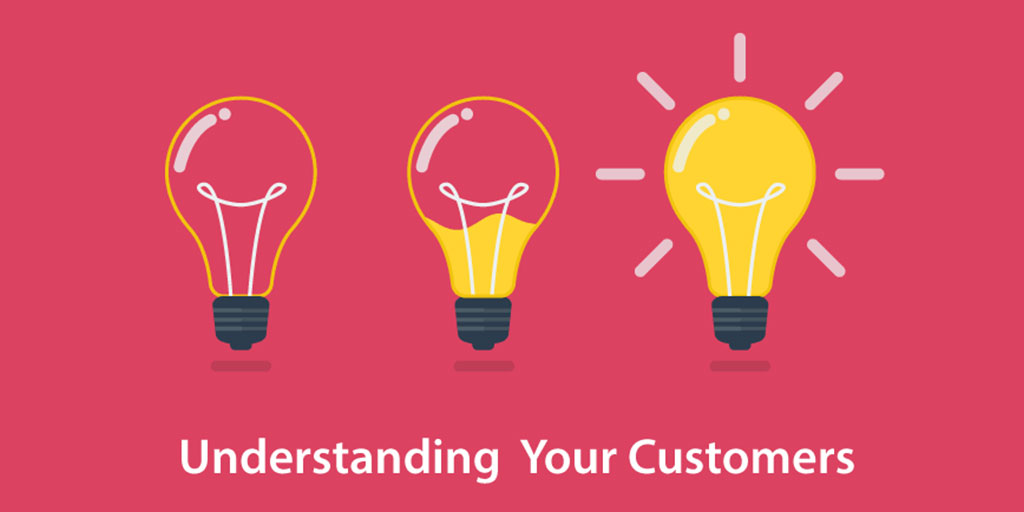Optimize Ecommerce Store Using Data Analytics in 2023 is an essential aspect of any ecommerce business. It provides valuable insights into customer behavior, preferences, and demographics. By using data analytics, ecommerce businesses can optimize website performance, improve marketing efforts, and make informed decisions.
In today’s digital age, ecommerce businesses generate a vast amount of data that can be collected and analyzed. This data includes website traffic, purchase history, customer feedback, and much more. By using data analytics, ecommerce businesses can gain a deeper understanding of their customers and use this information to improve their online presence.
In this article, we will discuss how data analytics can be used to optimize website performance, improve marketing efforts, and make informed decisions for your ecommerce business. We will explore the types of data that can be collected and analyzed, and provide tips and best practices for implementing data analytics in your ecommerce business.
Optimize Ecommerce Store: How does data analytics help to optimize an ecommerce store?
1. Understanding Your Customers

Data analytics can be used to gather valuable information about customer behavior, preferences, and demographics. By collecting and analyzing data, ecommerce businesses can gain a deeper understanding of their customers and use this information to improve their online presence.
Examples of the types of data that can be collected and analyzed include:
Website Traffic
Data on website traffic can provide insights into how customers are finding and interacting with your website. This information can be used to optimize website design, navigation, and user experience.
Purchase History
Data on purchase history can provide insights into customer buying behavior, such as which products are popular and which ones are not. This information can be used to inform product development, inventory management, and marketing efforts.
Customer Feedback
Data on customer feedback can provide insights into customer satisfaction, product preferences and areas of improvement. This information can be used to make changes and improve the customer experience.
Demographics
Data on customer demographics can provide insights into who your customers are and where they come from. This information can be used to inform marketing efforts, such as targeting specific demographics.
Email Campaigns
Data on email campaigns can provide insights into open rates, click-through rates, and conversion rates. This information can be used to improve the effectiveness of email marketing efforts.
By collecting and analyzing this data, ecommerce businesses can gain a deeper understanding of their customers and use this information to improve their online presence.
2. Optimizing Your Website

Data analytics can be used to monitor key metrics and optimize the performance of an ecommerce website. By tracking and analyzing these metrics, ecommerce businesses can identify areas for improvement and make data-driven decisions.
Key metrics that should be monitored include:
Website Traffic
This metric provides insights into how many people are visiting your website and how they are interacting with it. By tracking website traffic, ecommerce businesses can identify patterns and trends that can inform website design and user experience.
Conversion Rates
This metric provides insights into how many visitors are converting into customers. By tracking conversion rates, ecommerce businesses can identify areas of the website where the customer journey may be breaking down and make improvements.
Cart Abandonment Rates
This metric provides insights into how many customers are adding items to their cart but not completing the purchase. By tracking cart abandonment rates, ecommerce businesses can identify issues with the checkout process and make improvements.
Bounce Rates
This metric provides insights into how many visitors are leaving your website after only viewing one page. By tracking bounce rates, ecommerce businesses can identify issues with website design, navigation, and user experience.
Tips and advice for using data analytics to improve website design, navigation, and user experience include:
- Use heat maps and user testing to identify areas of the website that are confusing or difficult to navigate.
- Use A/B testing to test different website designs and layouts.
- Use session recordings to understand how customers are interacting with your website.
- Use customer feedback to identify areas of the website that need improvement.
By monitoring key metrics and using data analytics to improve website design, navigation, and user experience, ecommerce businesses can optimize their website performance and increase conversions.
3. Improving Marketing Efforts

Data analytics can be used to track the effectiveness of marketing campaigns and identify customer segments for targeted marketing efforts. By analyzing data from marketing campaigns, ecommerce businesses can make informed decisions and improve their marketing efforts.
Examples of how data analytics can be used to track marketing campaigns include:
Email Marketing
Data on email marketing campaigns can provide insights into open rates, click-through rates, and conversion rates. By tracking these metrics, ecommerce businesses can identify which types of emails are performing well and which ones are not. This information can be used to improve the effectiveness of email marketing efforts.
Social Media Advertising
Data on social media advertising campaigns can provide insights into engagement rates, click-through rates, and conversion rates. By tracking these metrics, ecommerce businesses can identify which types of social media ads are performing well and which ones are not. This information can be used to improve the effectiveness of social media advertising efforts.
Affiliate Marketing
Data on affiliate marketing campaigns can provide insights into click-through rates, conversion rates, and revenue generated. By tracking these metrics, ecommerce businesses can identify which types of affiliate marketing campaigns are performing well and which ones are not. This information can be used to improve the effectiveness of affiliate marketing efforts.
Data analytics can also be used to identify customer segments and target specific demographics. By analyzing data on customer demographics, behavior, and preferences, ecommerce businesses can identify specific customer segments and target them with personalized marketing campaigns. This can lead to more effective marketing efforts, increased conversions and sales.
By using data analytics to track the effectiveness of marketing campaigns, ecommerce businesses can make informed decisions and improve their marketing efforts. By identifying customer segments and targeting specific demographics, ecommerce businesses can also personalize their marketing efforts and increase the chances of conversions and sales. Personalized marketing campaigns can also increase customer engagement and loyalty to the brand.
Additionally, data analytics can be used to measure the ROI of marketing campaigns and allocate budget accordingly. By understanding which campaigns are driving the most revenue, e-commerce businesses can focus on scaling and improving them, rather than wasting resources on campaigns that are not delivering results.
Overall, data analytics is a powerful tool for ecommerce businesses to improve their marketing efforts. By using data analytics to track the effectiveness of marketing campaigns, identify customer segments, and target specific demographics, ecommerce businesses can increase conversions, sales, and customer loyalty.
Click Here to Discover the Top 10 Ways to Optimize Your Ecommerce Website and Boost Sales in 2023
Data analytics is an essential aspect of any ecommerce business. It provides valuable insights into customer behavior, preferences, and demographics. By using data analytics, ecommerce businesses can optimize their website performance, improve marketing efforts, and make informed decisions.
In this article, we have discussed how data analytics can be used to gather information about customer behavior, preferences and demographics, how it can be used to monitor key metrics and optimize the performance of an ecommerce website, and how it can be used to track the effectiveness of marketing campaigns, identify customer segments and target specific demographics. We have also provided tips and best practices for implementing data analytics in your ecommerce business.
Ecommerce businesses that use data analytics to make informed decisions, optimize their website performance and improve marketing efforts are more likely to be successful in today’s digital age. We encourage our readers to implement the best practices and tips discussed in the article for their own ecommerce businesses, and to not underestimate the power of data analytics. It can be the difference between a mediocre ecommerce business and a thriving one.







